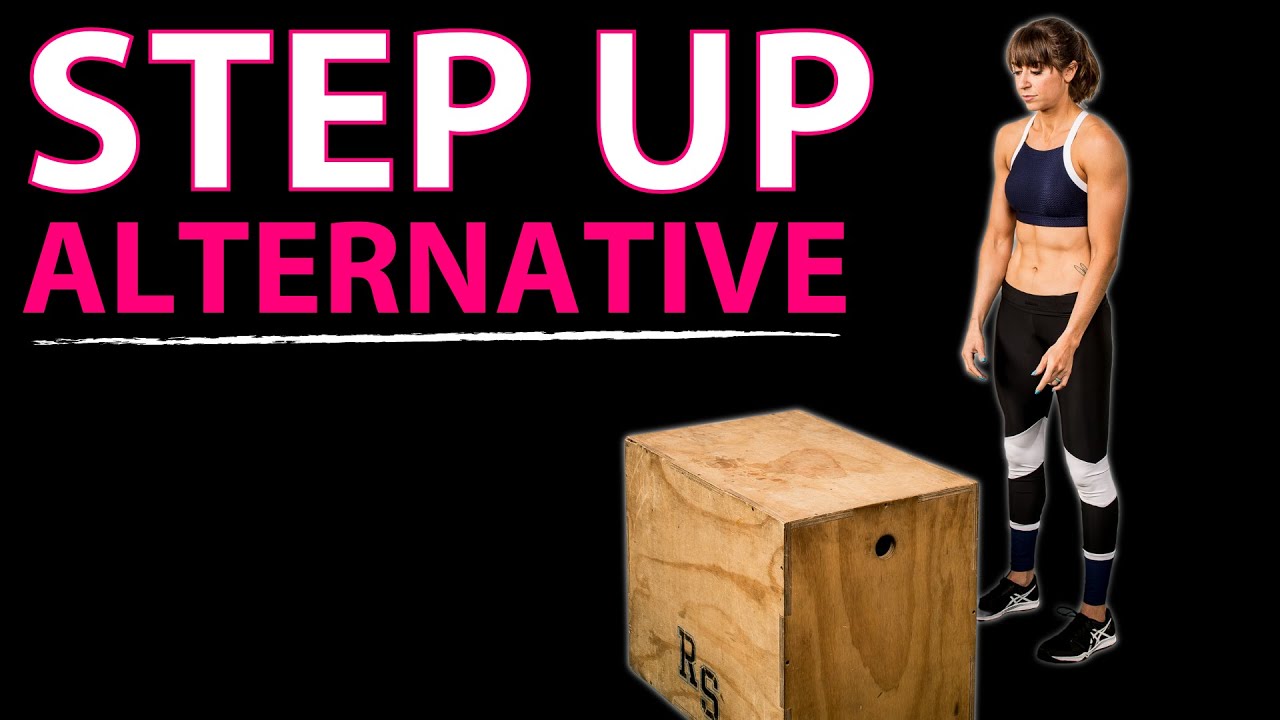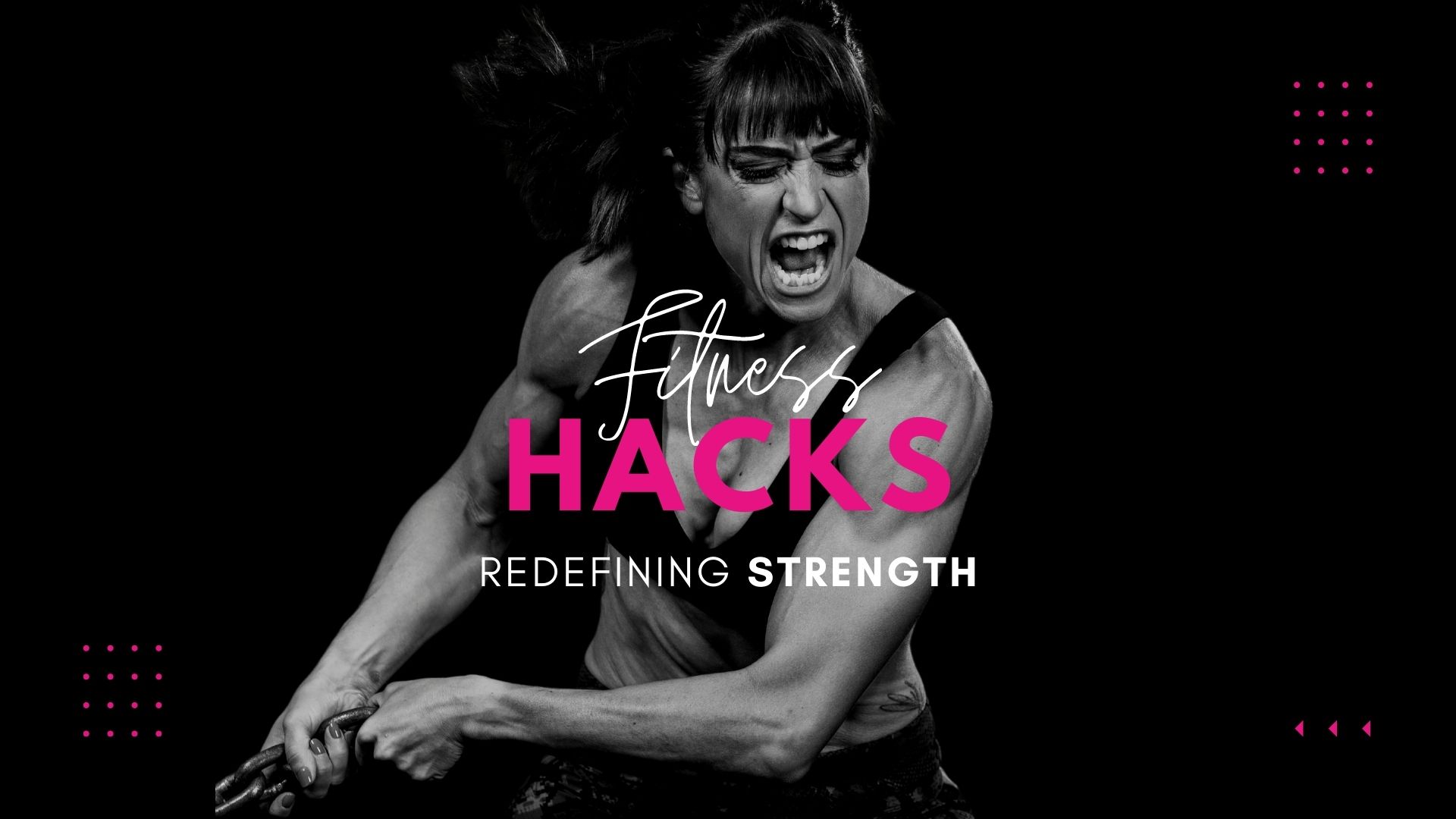
How To Fix Rounded Shoulders (4 EXERCISES)
So many postural distortions or movement pattern compensations get blamed on a single joint or even muscle.
But often it is overload from multiple different areas adding up.
And that means we not only have to address many different muscles and joints at time to truly alleviate the aches and pains, but it also means we need that full 3-Step Prehab Process of Foam Rolling, Stretching and Activation.
This is especially the case when it comes to our shoulders and that rounded shoulder posture many of us have developed, leading to neck, shoulder and upper back, and even lower back, aches and pains.
This posture, and these aches and pains, stem not only from restricted shoulder range of motion, but also a lack of proper spinal and scapular mobility and stability.
Working not only on the mobility of our shoulder joint but also our spinal extension and scapular mobility and stability are key!
That’s why I wanted to share 4 moves that will help you work through the layers of this postural distortion to move and feel your best!
But before I do, I just want to mention that postural isn’t simply good or bad. We each have different builds and different movement and recruitment patterns.
However, we need to recognize the mobility restrictions and imbalances we personally have that our perpetuating our aches and pains to constantly be addressing them to move and feel our best.
And as we include the mobility and stability work to improve, we can’t simply stop doing these moves when things are “better.”
You can NEVER stop doing what made you better. If you’ve done rehab for a specific injury, that rehab simply needs to become PREHAB, included in your recovery routines and warm ups!
Now what are the 4 moves to fix that rounded shoulder posture?
EXERCISE #1: Lat Foam Rolling
Our lats have a direct impact on our shoulder health and that rounded shoulder posture, contributing to shoulder internal rotation as well as restricted shoulder flexion, or your ability to reach overhead.
Tight, overactive lats can restrict proper shoulder mobility, negatively impact your shoulder stability, and even impact your scapular mobility as well, which is why it is key we include a move to relax this muscle like Lat Foam Rolling.
To roll out your lats you can use a ball or roller. If you’re using a roller, lie on your side with the roller behind your armpit.
Reach your hand overhead with your palm facing up to stretch your lat as you roll.
Roll slightly up and down your side to find a tight spot and then hold. As you hold, reach your arm up overhead then sweep it down in front of your chest.
Move slowly breathing as you go to help the muscle relax and release.
You can even slightly rock forward and backward as you hold on a spot.
Then move the roller to another spot, working down the side of your back and shoulder blade. Then switch sides.
You can also use a ball if you know your exact trigger points and want to apply more pressure or even need to roll out against a wall because you can’t get down on the ground.
EXERCISE #2: Suspension Trainer Snow Angels
This is an amazing multipurpose move that not only mobilizes your shoulders, but stretches your chest, helps improve your thoracic extension and your scapular mobility and stability.
The key is not just going through the movement, letting it all come from your shoulders, but actually engaging your upper back to stretch out your chest and improve that scapular control!
Stretches should also help us ACTIVATE underactive muscles and restore proper flexibility and joint range of motion.
To do the Suspension Trainer Snow Angels, you will need a suspension trainer, rings or even towels or resistance bands anchored behind you. If you use bands, you want something that doesn’t really stretch much with the movement.
Using a Suspension Trainer, hold a handle in each hand and walk away from the anchor point with your back to the anchor point.
Extend your arms straight out to your sides at shoulder height so that you feel a stretch in your chest. You may have to adjust slightly backward or forward as you begin to do the wave, depending on your mobility.
Then, standing still with your arms starting out at shoulder height, engage your back and brace your abs. You want to think about really extending through your mid and upper back without arching your lower back.
Raise your arms up overhead. Keep your arms straight as you extend overhead and even lean slightly forward to increase the stretch.
Hold for a second or two and then bring your arms out and down to the side, lowering them all the way back and down toward the ground.
Keep your arms straight as you bring them down.
Feel the muscles of your chest and even around your shoulder stretching as you lower your arms down.
Then bring them back up out to the side and back overhead. Move in a fluid, smooth “wave” as you lift and lower.
When you do the Suspension Trainer Snow Angels, you want to make sure you’re engaging your upper back to open your chest up as you raise your arms up overhead.
Feel your shoulder blades move as you raise your arms overhead and then lower them back down to your sides.
EXERCISE #3: Dip Hold Shrugs
So often we ignore the stability of our shoulder blades and don’t work to control every movement they do. We may include some retraction exercises to improve our posture, pinching our shoulder blades together, but we also have to remember that they elevate and depress.
Too often when we round forward, our shoulders end up shrugged up by our ears. This is why it’s key we also work on that ability to depress our shoulder blades and drawn our shoulders down.
A super popular move, and one I personally love to work on this movement, is the Mini Pull Up. However, this simple looking move is more challenging than we realize. It takes a lot more scapular control and strength than it seems like it would for such a small movement.
It also can’t be done at your desk.
Whereas the dip hold shrug can!
And an added bonus of this move is that it will remind us not to hunch and round forward while at our desk!
It’s key we also realize that this scapular movement is not only done when pulling but can be utilized during a press!
To do Dip Hold Shrugs, you can do these off a bench or chair. Place your hands over the edge of the bench, finger tips pointing back toward your butt as you extend your legs out and lift yourself off the bench and slightly in front.
Allow your shoulders to shrug up as you hold. Then press the bench away and draw your shoulders down, lifting and opening your chest slightly up toward the ceiling.
As you do this, don’t let your butt drift super far out in front of the bench or let your hips raise up. Often to try to make it feel like a bigger move we start moving other parts of our body instead of just focusing on the small unshrug.
Pause then relax back down, allowing your shoulders to shrug.
Again draw your shoulder blades down. Focus on really feeling those shoulder blades move as you unshrug and open your chest up slightly toward the ceiling.
If it helps, I like to think of this as a turtle popping its head out of the shell!
To progress this move, you can even do it off of dip bars. Or to modify, bend your knees and walk your heels back in toward the bench or chair!
EXERCISE #4: Extended ROM Scapular Push Ups
Along with learning to control elevation and depression of our shoulder blades, we want to be able to control protraction and retraction.
And I think it’s key we can do this through the full range of motion.
Moves like this too not only help improve our posture by allowing us to learn how to retract our shoulder blades, or pinch them together, but moves like this also allow us to learn how to engage our backs to properly row when not starting from a set position.
This exercise also strengthens the Serratus Anterior, which is a muscle often overlooked as being key to strength for our shoulder health!
To do the Extended ROM Scapular Push Ups, start from a forearm plank position off the ground.
You can also do these from your hands or a high plank position, however, that can allow you more room to move your hips. It can though be used to reduce the resistance on your core if needed.
With your elbows under your shoulders and your feet no wider than hip-width apart, make Sure your abs are engaged and your quads are flexed. Unshrug your shoulders to feel your back engaged.
Then round your mid and upper back up toward the ceiling, tucking your hips even to perform a slight posterior pelvic tilt. But do not just round through your lower back.
Really think about the rounding of your spine coming from pushing the ground away with your elbows and forearms.
Feel your shoulder blades draw as far apart as possible coming forward around your ribs.
Then slowly lower back down into the plank and, from here, pinch your shoulder blades together.
Make sure you aren’t shrugging as you pinch your shoulder blades together.
And do not let your hips sag as you perform the small retraction movement. We can often let our hips drop because we’re trying to make the move feel bigger.
Move back into the plank position then and repeat the round up.
If you can’t control this movement yet, reduce the resistance and modify the movement off an incline.
Using a bench or incline reduces the resistance on your upper body and core.
Really focus on feeling the movement of your shoulder blades. As you round, feel the muscles around your ribs and abs.
As you retract, focus on feeling the muscles of your upper back engaging.
Just make sure you do not shrug as you pinch those shoulder blades together!
SUMMARY:
The best rehab is prehab.
Include these 4 moves as a quick mobility routine in your day, just even 30 seconds per move or side, or add them into your warm up before an upper body workout.
But make sure to keep using the things that help you stay mobile and strong!
Foam Roll+ Stretch + Activate to prevent injuries and improve your mobility…





